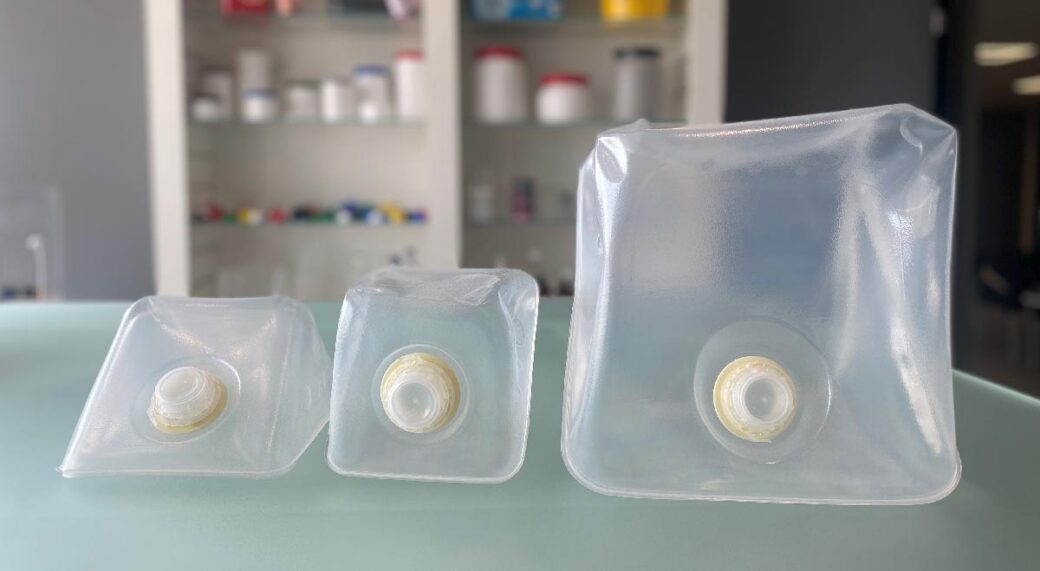Norms for safety shoes
The two most important norms applicable to safety shoes are: ASTM 2413 and EN ISO 20345. Other norms, like SIRIM, LA and AS, are based on these two norms. Always check for any locally deviating regulations
ASTM 2413-17
The American Society for Testing and Materials (ASTM) is an international standards organisation that develops and publishes technical norms or certification. ASTM announced in 2005 that its ANSI-norm was being withdrawn to be replaced by two new ASTM-norms, F2413 Standard for Performance Requirements and F2412 Standard for Foot Protection Test Methods. The greatest difference of ASTM 2413 norm compared with the other norms is that the outer sole offers complete protection against electric shocks. Other requirements for safety shoes that comply with the ASTM 2413 norm include resistance to shocks and compression of the zone around the toes, resistance to perforation, and more.
EN ISO 20345 -11
The current norm for safety shoes throughout Europe was revised in 2011. The norm requirements have become stricter; all products must be manufactured, tested and certified according to EN ISO 20345. This safety shoe norm requires all safety shoes to offer protection for the toes, in particular protection against an impact of 200 joules. This is the most amount of energy that toes can absorb without breaking. Various safety classes, like S1 or S3, fall under EN ISO 20345 norm. Every safety shoe that conforms to the EN ISO 20345 norm is tested for all possible aspects and is classified as S-class.
Tips when purchasing safety shoes
Safety classes and characteristics are important matters to consider when purchasing new safety shoes. Read here our four tips to consider when purchasing work shoes. For proper customised advice, we can gladly refer you to one of our specialists.







